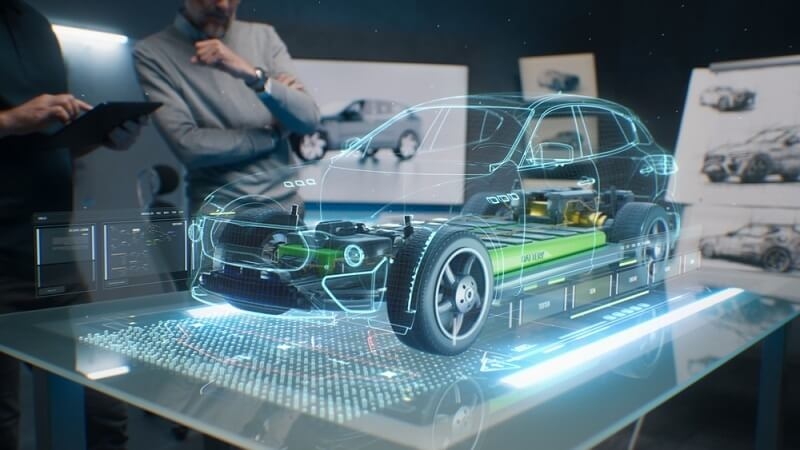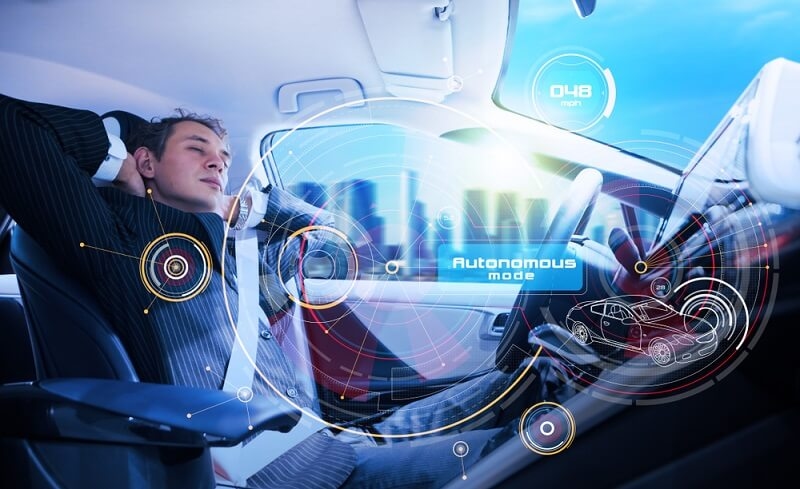
Car safety used to mean airbags, seatbelts, and the occasional beep when you forgot to buckle up. Simple stuff. Fast-forward to 2025 and things look different — wildly different. Cars aren’t just protecting you anymore; they’re predicting, anticipating, and, in some cases, straight-up deciding what happens before you’ve even realized there’s a problem.
And at the center of it all? Groundbreaking technology that feels less like a gadget and more like a co-pilot.
Think back a decade. Automakers bragged about crumple zones and side-impact bars. Great, but it was all reactive — the car saved you after the hit. Today’s groundbreaking automotive tech is flipping that script. Cameras, radar, and lidar don’t just see what’s in front of you. They interpret it. They know when a cyclist is about to cross or when the driver in front of you is drifting.
That’s a huge shift. Your car is no longer a passive shell of safety gear. It’s actively working to keep you out of danger before danger even arrives.
We’ve all been there: the dreaded check engine light. Sometimes it’s nothing, sometimes it’s a wallet-drainer. But what if your car told you ahead of time that something was about to fail? That’s the idea behind predictive diagnostics.
New vehicles are packed with sensors measuring vibrations, fluid levels, and engine performance. Feed that data into an AI brain, and you get early warnings — a kind of digital sixth sense. Instead of “oops, I’m stranded,” you get, “hey, schedule service next week.”
It’s already a big deal in fleet vehicles, where downtime is money lost. And for regular drivers? It means fewer breakdowns and fewer panicked calls to roadside assistance.
There’s a reason analysts won’t shut up about the automotive predictive diagnostic system market. Everyone wants a slice. Automakers know it’s not just about making cars safer — it’s about loyalty. If your car tells you what’s wrong before it breaks, chances are you’ll trust the brand more.
Dealers love it because they can stock the right parts ahead of time. Drivers love it because the surprise repair bill suddenly isn’t such a surprise. Safety, convenience, and peace of mind all rolled into one.

Let’s be honest — most of us laughed at AI voice assistants when they first showed up. Half the time they couldn’t understand commands, and when they did, it was usually just to play your driving playlist.
But in 2025? They’re different. Voice assistants now tie directly into car safety. You can ask for a system check, call emergency services, or even get drowsiness alerts based on how you’re talking. Some systems nudge you if your tone sounds stressed or distracted. Creepy? Maybe a little. Useful? Absolutely.
It’s not just about convenience anymore. It’s another layer of focus that helps keep your eyes on the road.
Forget the days when “collision warning” meant a blinking light and a beep you ignored. The 2025 generation doesn’t just warn you — it acts. If a child runs into the road, your car slams the brakes faster than you can even think about moving your foot.
And with vehicle-to-vehicle communication on the horizon, cars are starting to talk to each other. Imagine your car knowing the SUV around the corner is about to blow a stop sign — and adjusting before you even see it. That’s not the future. That’s now.
You May Also Like: Why Is Drowsy Driving Dangerous and What Tech Can Help
Here’s the catch: tech is brilliant, but people are stubborn. Some drivers switch these systems off because they don’t like feeling “controlled.” Others get annoyed at constant alerts. That’s why the newest features are quieter, smoother, less bossy. They explain what they’re doing instead of just doing it.
Because in the end, trust is everything. If drivers don’t believe the car has their back, they’ll never use half of what makes it safer.
Strip away the buzzwords, and here’s what it all comes down to:
Your car can warn you about trouble before it happens.
It can actively prevent accidents instead of just cushioning the blow.
It makes everyday driving less stressful and more forgiving.
It’s safety, redefined. Not reactive. Proactive.
One of the quieter revolutions in car safety is happening inside the cabin. Forget just watching the road — now cars are watching you. Driver monitoring systems use cameras and sensors to track things like head position, eye movement, even micro-expressions.
Sounds invasive, right? But here’s the thing: it’s saving lives. If you start nodding off on a long highway drive, the system nudges you. If your eyes wander too long toward your phone, it pings you back. Some cars even adjust climate or seat vibration to gently wake you up before fatigue becomes disaster. It’s not about Big Brother — it’s about keeping families safe when human focus slips.
Here’s the fun (and slightly nerve-racking) part — this wave of safety innovation isn’t slowing down. Expect groundbreaking automotive tech like predictive AI that integrates with smart cities, where traffic lights and vehicles share data to keep things flowing and safe. Expect sensors that get smaller, cheaper, and so reliable they become standard in every car, not just luxury models.
And don’t be surprised if your next upgrade includes semi-autonomous features baked in as “normal.” The bottom line? Auto safety is shifting from optional extras to everyday essentials. By the end of this decade, we may look back and wonder how we ever drove without them.
Read More: 2025 Chevy Corvette ZR1: Specification, Performance & Legacy
Is all this tech perfect? Of course not. There are bugs, privacy worries, and the nagging thought of becoming too dependent on machines. But the direction is clear. Cars are getting smarter — not for the sake of being flashy, but for the sake of keeping people alive.
So next time you slide behind the wheel and your car warns you about a problem you didn’t even notice, don’t roll your eyes. That’s the quiet power of modern safety. That’s groundbreaking technology doing its job before you even realize you needed it.
This content was created by AI